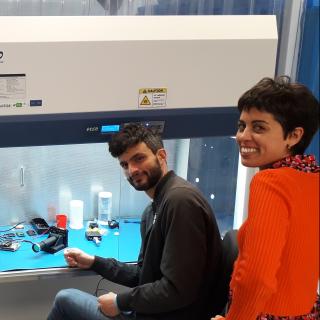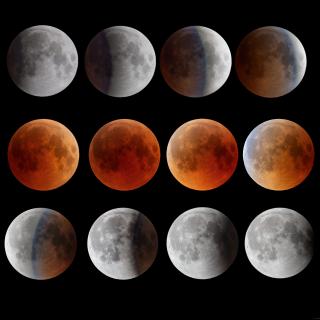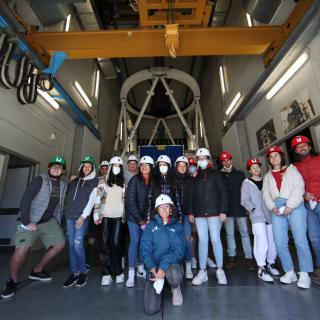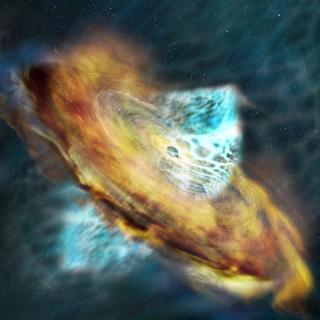
Astrophysics and Space Science are two of the priority areas in the Strategy for Intelligent Specialization in the Canaries (RIS3). To promote this area IACTEC, the branch of the Instituto de Astrofísica de Canarias (IAC) for technolgical business cooperation, has started up the Incubator for High Technology in Astrophysics and Space (IATAE). The incubator will offer a working area to those collaborating with the IAC (businesses, NGO’s, and related initiatives) who have innovative projects based on technolgy and with an intensive knowledge content, in the areas of Astrophysics and Space
Advertised on




